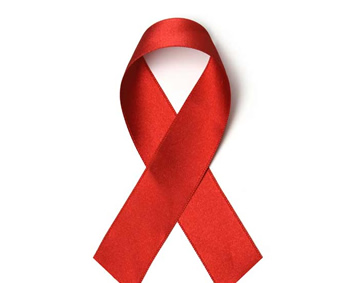UNAIDS calls on women living with HIV to access information on HPV
 The United Nations Programme on HIV and AIDS (UNAIDS) has made a call for all women living with HIV to be given access to information about the human papillomavirus (HPV) and to be offered cervical cancer screening and treatment if necessary.
The United Nations Programme on HIV and AIDS (UNAIDS) has made a call for all women living with HIV to be given access to information about the human papillomavirus (HPV) and to be offered cervical cancer screening and treatment if necessary.
Cervical cancer is preventable and, if caught early, treatable. However, around half of the estimated 500,000 women who are diagnosed with cervical cancer every year die from the disease, according to a press release available on the UNAIDS’s website.
The release also says nine out of 10 women who die from cervical cancer live in low and middle-income countries. It is projected that this number could double by 2035 if cervical cancer prevention, screening and treatment efforts are not urgently scaled up.
It said cervical cancer is the second most common cancer among women living in low and middle-income countries, and women living with HIV are particularly affected.
Women living with HIV are up to five times more likely to develop cervical cancer than women who do not have the virus, highlighting the importance of urgent access to cervical cancer screening, and treatment when needed, for all women living with HIV, it further noted.
It explained that most cervical cancer is caused by HPV, adding, women with healthy immune systems are likely to clear an HPV infection over time. However, women living with HIV have compromised immune systems and are far less likely to be able to clear an HPV infection. HPV infection has also been found to significantly increase the risk of HIV transmission for both men and women.
To effectively reduce deaths from cervical cancer, it points out investments need to be made in health education, HPV vaccination for adolescent girls, screening, together with counselling and information, and access to treatment and care when needed.
It adds that the relationship between HPV and HIV offers significant opportunities to reduce the impact of both viruses as existing HIV programmes could play a vital role in expanding cervical cancer prevention, screening and treatment services.
The United Nations Joint Global Programme on Cervical Cancer Prevention and Control and the Pink Ribbon Red Ribbon partnership are examples of successful alliances. Synergies must be leveraged further with a focused and integrated approach to saving women’s lives, it concluded.
By Pamela Ofori-Boateng
Copyright ©2017 by Creative Imaginations Publicity
All rights reserved. This news item or any portion thereof may not be reproduced or used in any manner whatsoever without the express written permission of the publisher except for the use of brief quotations in reviews.
